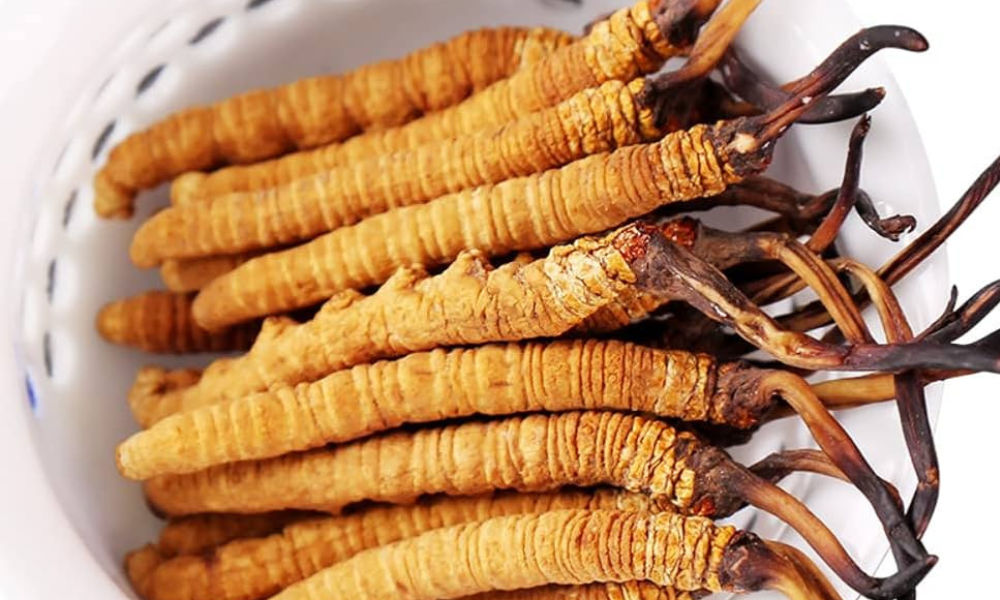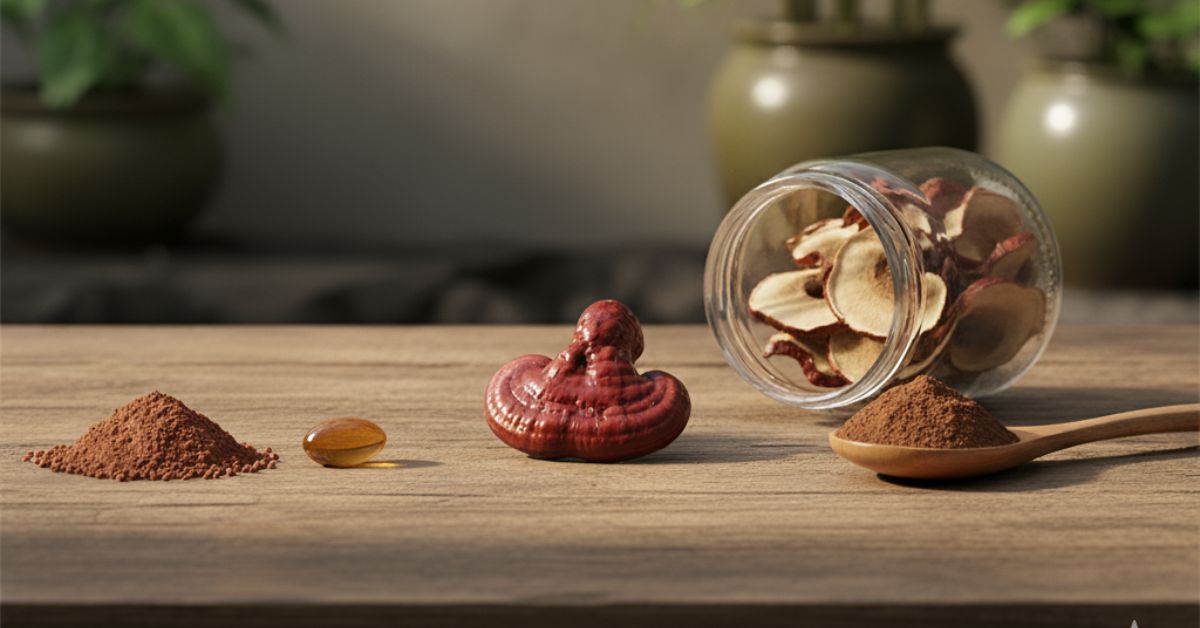Other Names:
Caterpillar Fungus, Caterpillar Mushroom, Cs-4, Champignon Chenille, Chinese Caterpillar Fungus, Cordyceps sinensis, Dong Chong Xia Cao, Dong Chong Zia Cao, Hsia Ts'Ao Tung Ch'Ung, Ophiocordyceps sinensis, Tochukaso, Vegetable Caterpillar.
Overview
Cordyceps is a unique and highly prized fungus with a rich history in traditional Chinese medicine. Known for its extraordinary health benefits, it is found in high-altitude regions such as Tibet and Sichuan, China. This rarity, coupled with its difficult cultivation process, makes Cordyceps one of the most expensive medicinal fungi in the world. Historically, only the imperial family and elite classes could afford access to Cordyceps, further cementing its reputation as a symbol of luxury and prestige.
Cultivation and Rarity
Wild Cordyceps are challenging to harvest, as they grow at extreme altitudes and only appear briefly before the snow melts. Ancient Chinese texts describe the precise timing required to collect them, emphasizing their rarity and value. The demand for Cordyceps has only increased over time, with prices skyrocketing during events like the 2008 Beijing Olympics, when rumors suggested that Chinese athletes consumed them to enhance performance. Today, wild Cordyceps can cost upwards of $600 AUD for just 37.5 grams.
Medicinal Uses and Nutritional Value
Cordyceps has been used for centuries as a healing mushroom, with written records dating back to the Tang Dynasty. In modern times, it has undergone clinical trials and has been approved as a prescription medicine in China since 1988 under the name Jin Shui Bao. It is also recognized in the United States as a dietary supplement by the FDA.
Cordyceps is valued for its diverse health benefits, which include supporting the immune and respiratory systems, alleviating mild anxiety, and promoting kidney and liver health. Its rich nutritional profile includes:
-
Proteins and amino acids essential for life.
-
Nucleic acids, critical for DNA and RNA structure.
-
Organic acids, vital for maintaining metabolism.
-
Polysaccharides, which help regulate the immune system.
-
Vitamins such as B1, B12, and C.
-
Trace elements required for essential bodily functions.
Health Indications
-
Supports the immune system naturally.
-
Promotes respiratory health and provides temporary relief from coughing.
-
Acts as a liver tonic and supports liver metabolism.
-
Reduces stress, nervous tension, and mild anxiety.
-
Enhances overall well-being.
The Prestige of Cordyceps
Cordyceps sinensis has long been associated with royalty and privilege. Its health benefits and nutritional richness contribute to its legendary status as a symbol of health and vitality, while its scarcity and cost make it a highly sought-after natural remedy.





